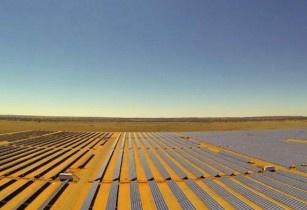Page 1 of 2Solar energy production is growing across Africa with some of the most sophisticated and advanced solar farm projects in the world, including Morocco, South Africa and Rwanda. Tim Guest reports
Moroccan ambition
With plans to use solar power and other renewables to generate 14 per cent of its energy requirements by 2020, Morocco has set itself a further ambitious 2030 timeframe by which it aims to be producing 52 per cent of its own energy from alternative power systems. It has ambitions, after meeting its domestic needs, to export some of its solar-energy-generated power to Europe sometime in the future.
Last year, on the path to meet its goals, the Moroccan Agency for Solar Energy (Masen), implemented a flagship solar-energy project at the base of the High Atlas Mountains some 10km from the town of Ouarzazate, 60 per cent funded by the European Union. With hundreds of concave mirrors covering some 1,400,000m2 of desert, the huge facility makes use of the region’s 330+ days of sunshine each year and is said to be one of the biggest solar plants in the world. Indeed, Africa is home to several similar solar projects, with even larger projects now operational in South Africa.
By the end of 2016, the Ouarzazate project – also known as the Noor Solar Power Station – had exceeded its initial energy production targets. The facility’s powered mirrors move with the sun, as it rises and sets and reflect its rays, focusing them onto a network of pipes that carry a synthetic oil. As this reaches temperatures up to 350˚C the heated oil is used to produce high-pressure steam that drives turbines to generate electricity. Superhot molten sodium and potassium nitrate salt reservoirs store excess energy enabling the facility to go on generating power for several hours after sunset.
One of the next phases of the Ouarzazate solar farm project will eventually use a tower, filled with molten salts, that absorbs and stores the rays reflected at a receiver on the top of the tower by 7,000 flat mirrors. Less real estate is needed for such an installation and it is said to be more efficient in generating and storing power, also negating the use of oil in the process. South Africa’s future Redstone facility, which will be operated by SolarReserve, will also use such a system.





















